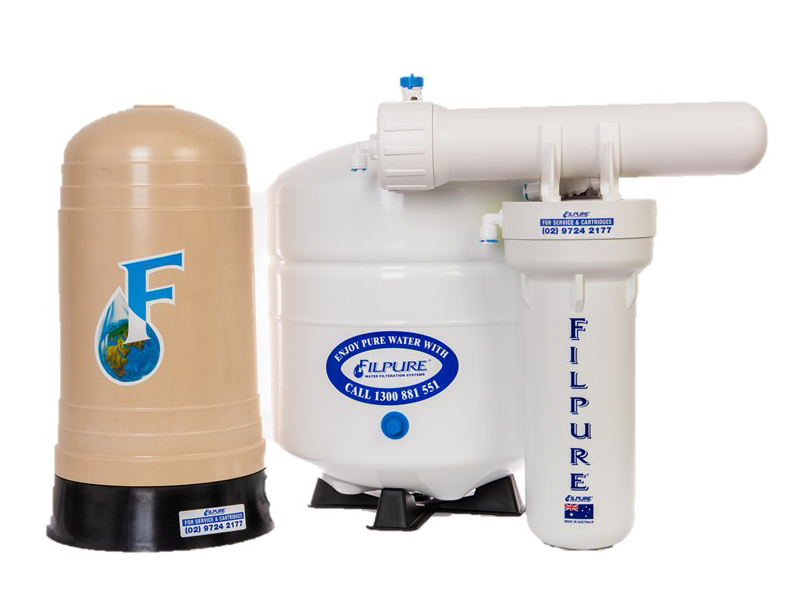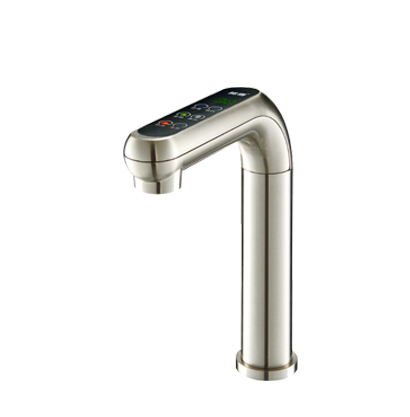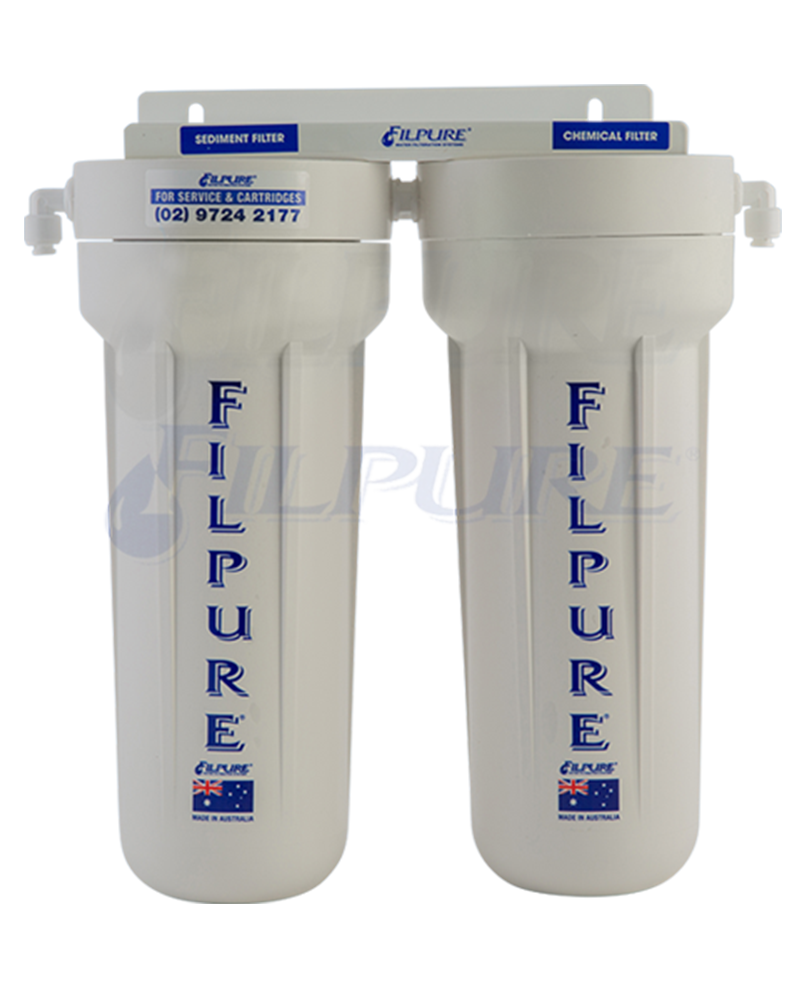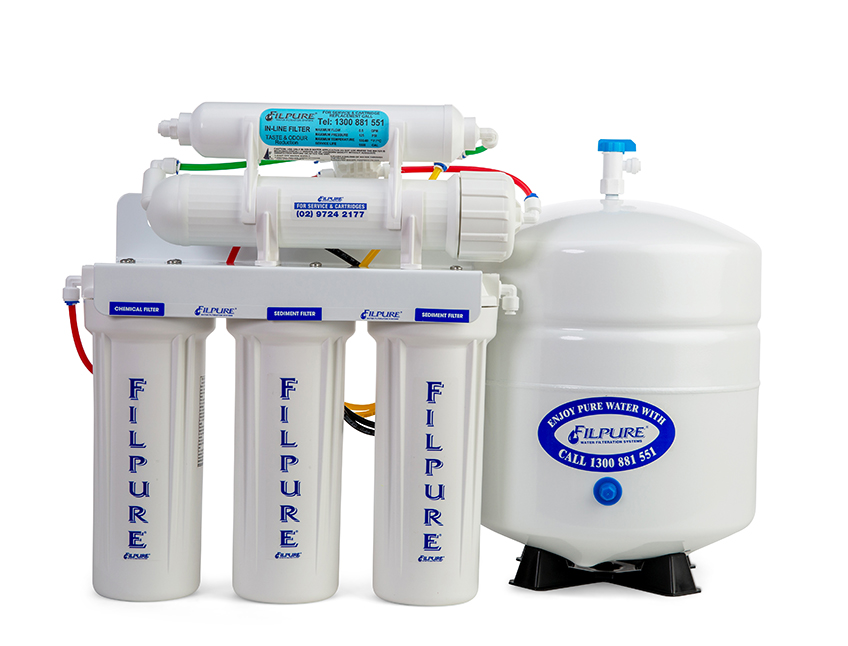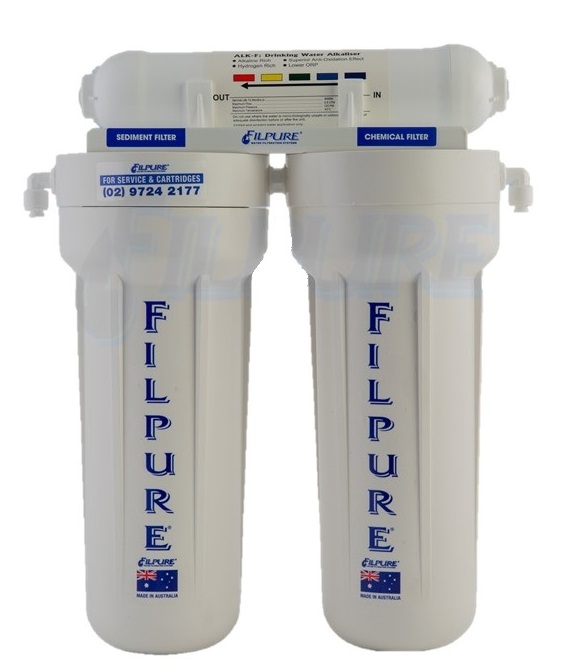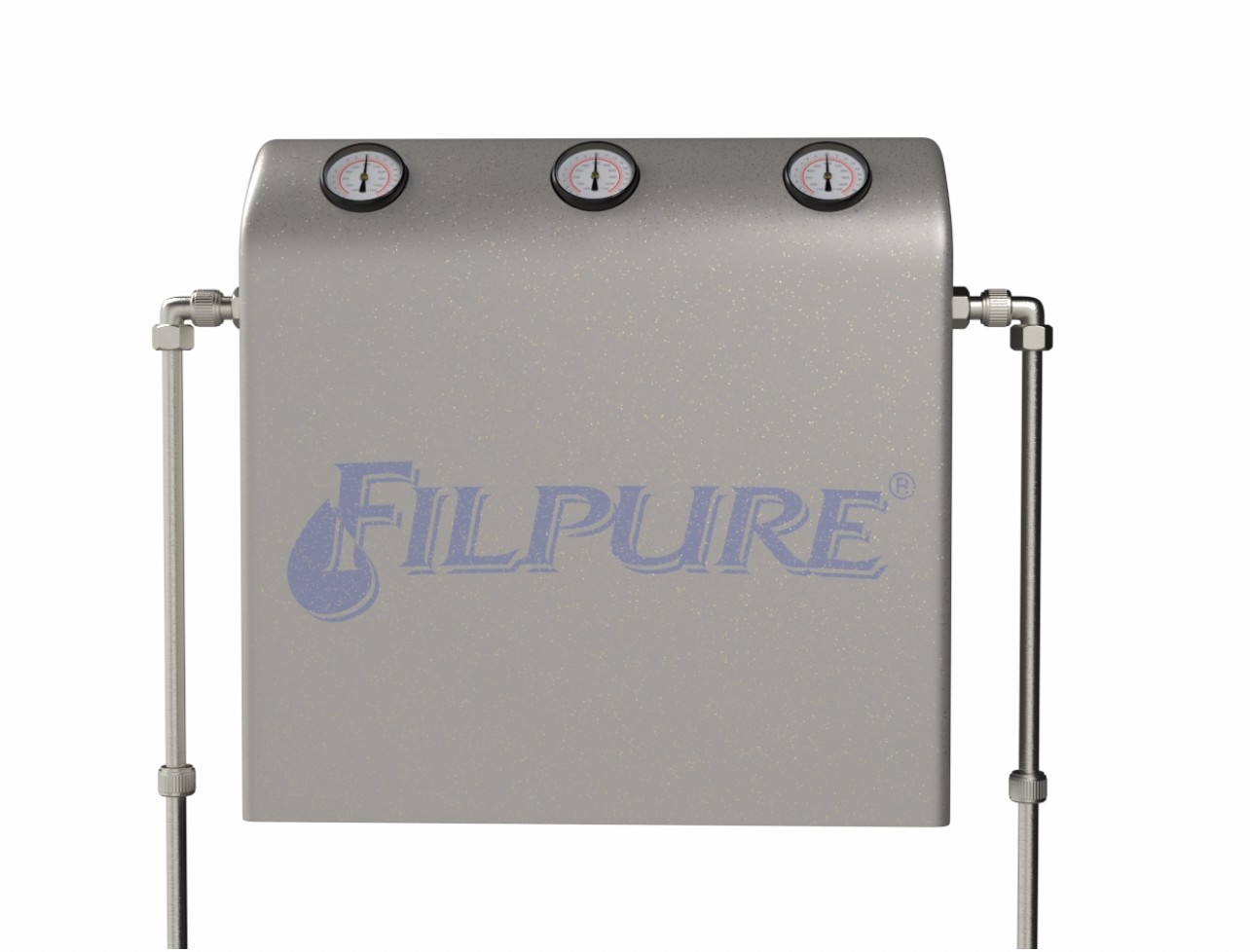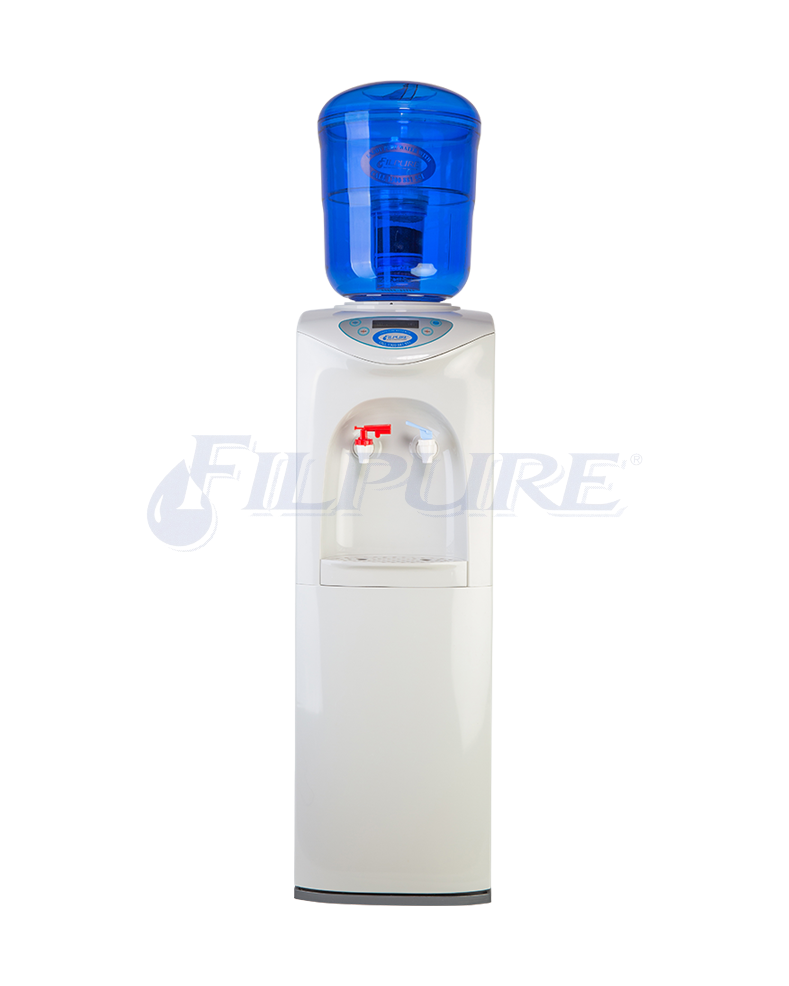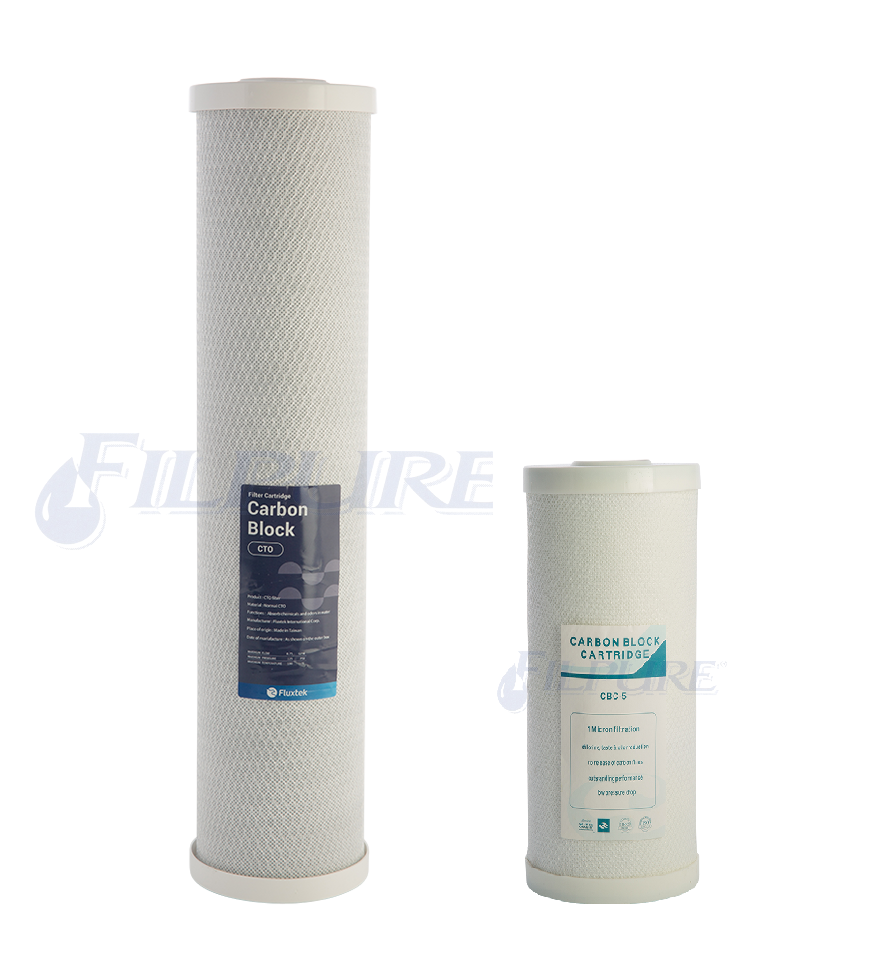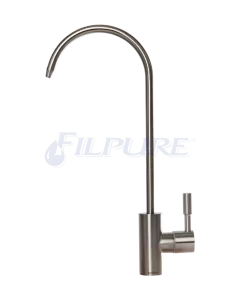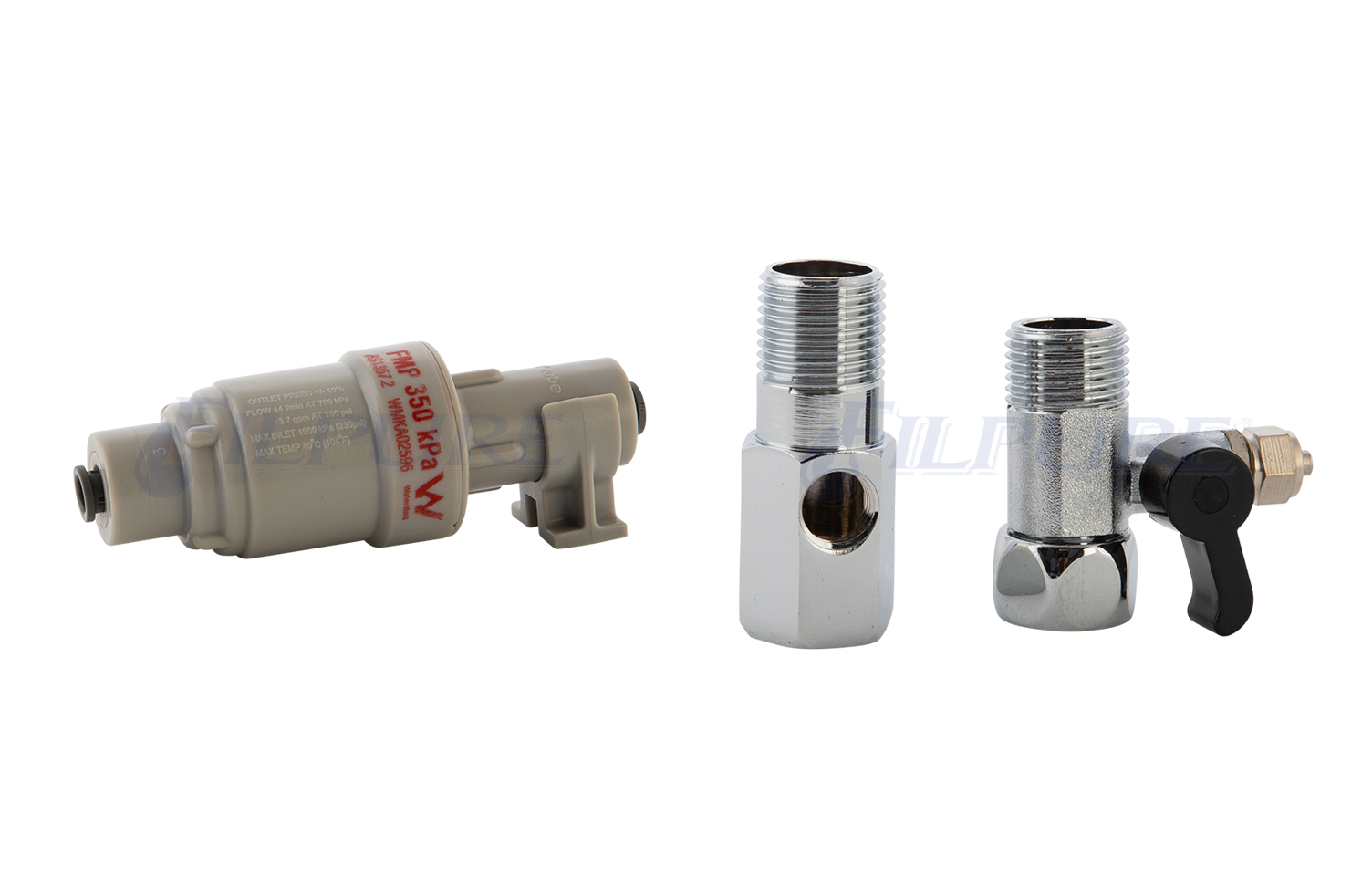The Benefits of Removing Chlorine from Drinking Water
Chlorine is commonly used in water treatment to kill harmful bacteria and pathogens. However, long-term exposure to chlorine in drinking water can have adverse effects on human health. As awareness grows about the potential risks, many homeowners are turning to water filtration systems to remove chlorine and other contaminants. This article explores the benefits of removing chlorine from drinking water and how reverse osmosis systems can provide a solution for clean, safe water.
What is Chlorine and Why is it Used in Drinking Water?
Chlorine is a chemical element commonly used in municipal water supplies to disinfect water. It is highly effective at killing bacteria, viruses, and other harmful microorganisms that can cause waterborne diseases. Chlorination has been a crucial method of water treatment for over a century, providing an affordable way to ensure public health.
However, chlorine is not without its downsides. When chlorine reacts with organic matter in water, it forms harmful byproducts known as trihalomethanes (THMs). These chemicals have been linked to health risks, which makes removing chlorine from drinking water increasingly important.
The Health Risks of Chlorine in Drinking Water
1. Respiratory Issues
Chlorinated water can pose risks to respiratory health. Chlorine can vaporize during showers, releasing toxic fumes. This can irritate the respiratory system and exacerbate conditions like asthma. Individuals who are sensitive to chemicals may experience symptoms such as shortness of breath, coughing, and throat irritation.
2. Increased Cancer Risk
Studies suggest that long-term consumption of water containing THMs, chlorine’s byproducts, may increase the risk of certain cancers, particularly bladder and colorectal cancer [Cancer Council Australia]. In Australia, chlorine-treated water may pose similar risks, prompting residents to explore safer alternatives like filtration systems.
3. Skin and Hair Irritation
Chlorine strips the skin and hair of natural oils, leading to dryness, irritation, and premature aging. Those who frequently consume or bathe in chlorinated water may experience itchy skin, rashes, and hair damage. Sensitive individuals and those with existing skin conditions like eczema may be particularly vulnerable.
4. Gastrointestinal Problems
Chlorine in drinking water can also irritate the gastrointestinal tract. Regular consumption can lead to stomach discomfort, nausea, and an increased risk of ulcers. By removing chlorine, you can improve your overall digestive health.
The Environmental Impact of Chlorinated Water
Apart from personal health risks, chlorine has a negative environmental impact. Chlorinated water discharged into natural bodies of water can harm aquatic life by killing beneficial bacteria and microorganisms. By choosing to filter chlorine out of your drinking water, you’re making an eco-friendly choice that reduces your carbon footprint.
Benefits of Removing Chlorine from Drinking Water
1. Improved Taste and Odor
One of the most noticeable benefits of removing chlorine from drinking water is the improvement in taste and odor. Chlorine imparts a chemical flavor that many people find unpleasant. By using water filtration systems like reverse osmosis, you can enjoy cleaner, fresher-tasting water.
2. Reduced Risk of Health Issues
Filtering out chlorine and its byproducts greatly reduces the risk of developing health issues. Systems like reverse osmosis provide a comprehensive solution by removing not only chlorine but also other harmful contaminants such as lead, mercury, and pesticides. This ensures that your drinking water is as pure as possible.
3. Better Skin and Hair Health
Removing chlorine from water helps protect your skin and hair. You’ll notice softer skin, less irritation, and healthier hair after switching to chlorine-free water for bathing and consumption.
4. Environmentally Friendly
Using filtration systems to remove chlorine contributes to reducing environmental damage. Chlorine-free water is safer for aquatic ecosystems, supporting biodiversity and reducing the harmful impact of wastewater on the environment.
How Reverse Osmosis Systems Can Help
Reverse osmosis (RO) systems are among the most effective ways to remove chlorine from drinking water. These systems work by forcing water through a semipermeable membrane that blocks contaminants while allowing pure water molecules to pass through.
Key Features of Reverse Osmosis Systems
- Chlorine Removal: RO systems can effectively remove chlorine and THMs, ensuring clean and safe water for you and your family.
- Comprehensive Filtration: In addition to chlorine, reverse osmosis filters out a wide range of contaminants, including heavy metals, fluoride, and nitrates.
- Improved Taste and Quality: RO systems enhance the taste and quality of your water by removing chemical flavors and odors.
At Filpure Water Filtration Systems, we offer state-of-the-art reverse osmosis systems that provide a complete solution to remove chlorine and other contaminants from your water. Our systems are designed to deliver high-quality, clean drinking water that protects your health and improves your quality of life.
Explore Our Reverse Osmosis Systems
- King Series Model F6 – Ultimate Water Purifier: Engineered for superior filtration, this model is ideal for removing chlorine, heavy metals, and other impurities.
- USA-Made Three-Stage Under-Sink Water Filter: A reliable, compact system that fits neatly under your sink and removes chlorine for fresh, great-tasting water.
Conclusion
Removing chlorine from drinking water offers a wide range of benefits, from improving taste and odor to reducing the risk of health issues like cancer and respiratory problems. By investing in a high-quality reverse osmosis system, you ensure that your family has access to safe, clean, and pure water.
If you’re looking for the best solution to remove chlorine and other contaminants from your drinking water, explore the advanced water filtration systems offered by Filpure Water Filtration Systems. Clean water isn’t just a luxury—it’s a necessity for a healthy life.
References
- Australian Drinking Water Guidelines – National Health and Medical Research Council (NHMRC)
- World Health Organization (WHO) – Guidelines for Drinking Water Quality
- Cancer Council Australia – Water chlorination and cancer risk

